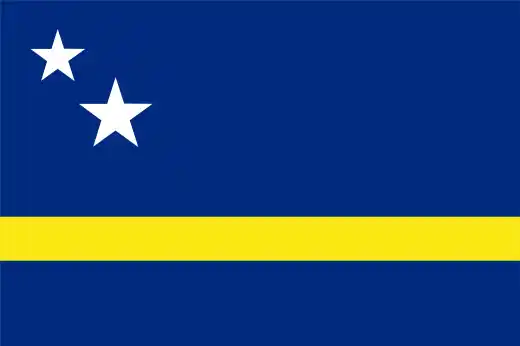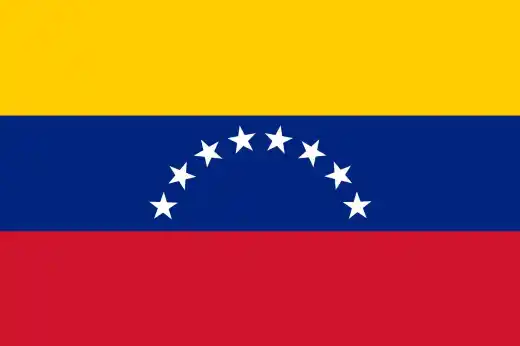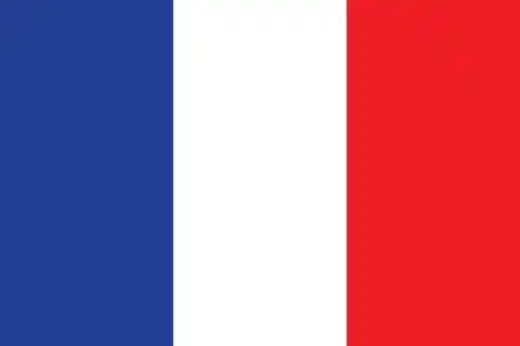The Caribbean is a diverse region of the Americas located south of North America, north of South America, and southeast of the Gulf of Mexico.
Despite consisting of many tiny islands, each country and dependency has its own unique languages, cultures, and customs due to the many ethnic groups that reside there.
Due to the European colonization of the Caribbean in the 15th century, many of the islands are not sovereign nations and may depend on European countries such as Denmark, France, and the Netherlands to varying degrees.
While they may have autonomy in certain areas, such as economic affairs and public health, matters, such as defense and foreign affairs, may be handled elsewhere.

If you’re interested in more island flags, Oceania is another fascinating region to explore.
Caribbean flags
Are you curious about the colors, symbols, and designs that represent the Caribbean’s diverse nations?
Here are the 20 country flags of the Caribbean, covering the Greater Antilles and Lesser Antilles regions. When you are finished, be sure to check out the North American and South American country flags.































Note: The territories’ flags may be unofficial flags or variations that are not recognized by their governing bodies, but they often represent regional identity, cultural heritage, or local pride.
Distinctive features of Caribbean flags
The Caribbean has one of the widest mixes of flag styles in the world. Some are bold and modern, while others still carry symbols of colonial ties.
Colonial heritage
A number of territories, like the Cayman Islands and Turks and Caicos, use the British Blue Ensign with the Union Jack. These flags often include local emblems or coats of arms to represent island identity.
Bold national symbols
Jamaica’s striking black, green, and gold flag is unlike any other in the world. Dominica features the sisserou parrot, a rare bird native only to the island. St. Lucia highlights the volcanic Piton mountains with its twin triangles.
Shared designs with twists
Cuba and Puerto Rico both use stripes, triangles, and a lone star. Their flags look similar but are inversions of each other’s colors.
Vibrant color palettes
Many Caribbean flags use bright reds, yellows, and blues, reflecting the region’s tropical setting such as the sun, sea and sky, and culture.
How to learn the Caribbean flags
With so many small islands and territories, it’s easy to mix them up. Here are some practical approaches:
Start with the iconic ones
Jamaica, Cuba, Dominican Republic, and Trinidad and Tobago are among the most recognizable. Learn these first.
Group by colonial influence
British Overseas Territories often share the Union Jack and blue field. French territories sometimes use regional flags that are unofficial but locally popular.
Connect symbols to the land
St. Lucia’s triangles = the Pitons, Antigua and Barbuda’s rising sun = a new beginning, Dominica’s parrot = unique wildlife.
Use a blank Caribbean map
Filling in flags by island location helps reinforce geography at the same time. Download our blank Caribbean map to help you get started.
Practice with flashcards and quizzes
Since the list includes many territories, repetition is key for memory. Take our online flag quiz or use flashcards as a quick refresher.
If you prefer, watch this short clip and see if you can guess the flag before the timer runs out!
Once you’ve familiarized yourself with these island flags, you can continue exploring the wider region with the Central American flags or move south to the South American flags.
For an even bigger challenge, try testing yourself on all 198 country flags of the world.
Caitriona Maria is an education writer and owner of The Facts Institute. A teacher for seven years, she has been committed to providing students with the best learning opportunities possible, both domestically and abroad. Dedicated to unlocking students' potential, Caitriona has taught English in several countries and continues to explore new cultures through her travels.